
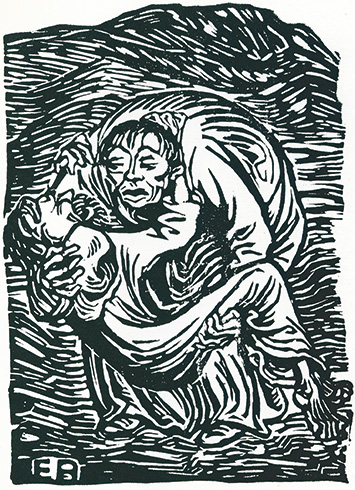
(Fig. 40) Ernst Barlach (1870–1938), 'The good Samaritan', woodcut, 1919.
Cf. Luke 10,25-30: On one occasion an expert in the law stood up to test Jesus. "Teacher," he asked, "what must I do to inherit eternal life?" "What is written in the Law?" he replied. "How do you read it?" He answered, "‘Love the Lord your God with all your heart and with all your soul and with all your strength and with all your mind’; and, ‘Love your neighbor as yourself.’" "You have answered correctly," Jesus replied. "Do this and you will live." But he wanted to justify himself, so he asked Jesus, "And who is my neighbor?" In reply Jesus said: "A man was going down from Jerusalem to Jericho, when he was attacked by robbers. They stripped him of his clothes, beat him and went away, leaving him half dead.
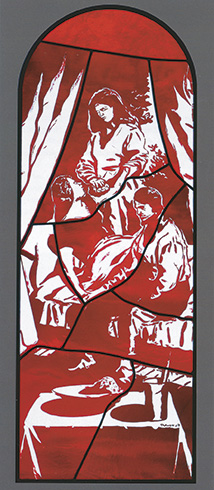
(Fig. 41) Neo Rauch (b. 1960), 'Saint Elizabeth healing the sick', 2007, northern stained glass window in the Saint Elizabeth Chapel in Naumburg Cathedral / central panel.
Cf. Luke 10,31-37: A priest happened to be going down the same road, and when he saw the man, he passed by on the other side. So too, a Levite, when he came to the place and saw him, passed by on the other side. But a Samaritan, as he traveled, came where the man was; and when he saw him, he took pity on him. He went to him and bandaged his wounds, pouring on oil and wine. Then he put the man on his own donkey, brought him to an inn and took care of him. The next day he took out two denarii and gave them to the innkeeper. ‘Look after him,’ he said, ‘and when I return, I will reimburse you for any extra expense you may have.’ Which of these three do you think was a neighbor to the man who fell into the hands of robbers?" The expert in the law replied, "The one who had mercy on him." Jesus told him, "Go and do likewise."
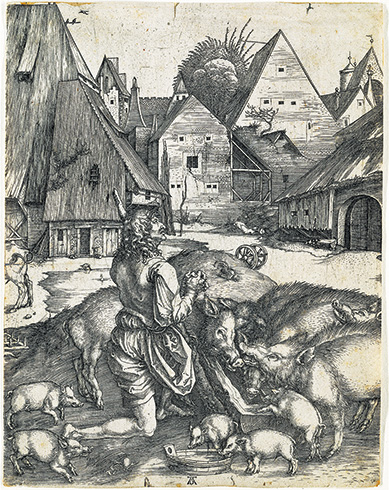
(Fig. 42) Albrecht Dürer (1451–1528), 'The parable of the prodigal son', copperplate engraving, c. 1497.
Cf. Luke 15,13-16: "Not long after that, the younger son got together all he had, set off for a distant country and there squandered his wealth in wild living. After he had spent everything, there was a severe famine in that whole country, and he began to be in need. So he went and hired himself out to a citizen of that country, who sent him to his fields to feed pigs. He longed to fill his stomach with the pods that the pigs were eating, but no one gave him anything."

(Fig. 43) Victor Vechkanov (1955–1995), 'The return of the prodigal son', oil, 1994.
Cf. Luke 15,18-20: "I will set out and go back to my father and say to him: ’Father, I have sinned against heaven and against you. I am no longer worthy to be called your son; make me like one of your hired servants.’ So he got up and went to his father. But while he was still a long way off, his father saw him and was filled with compassion for him; he ran to his son, threw his arms around him and kissed him."
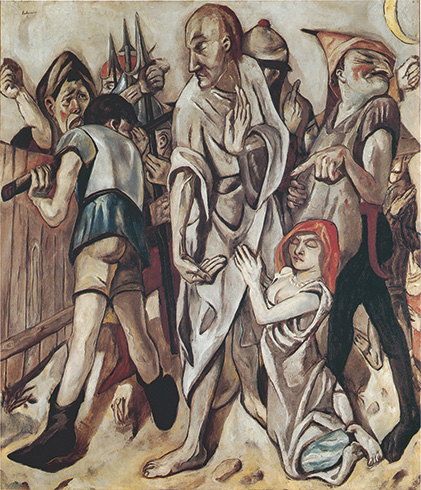
(Fig. 44) Max Beckmann (1884–1950), 'Jesus and the woman taken in adultery', oil, 1917, City Art Museum / Saint Louis.
Cf. John 8,7: When they kept on questioning him, he straightened up and said to them, "Let any one of you who is without sin be the first to throw a stone at her."
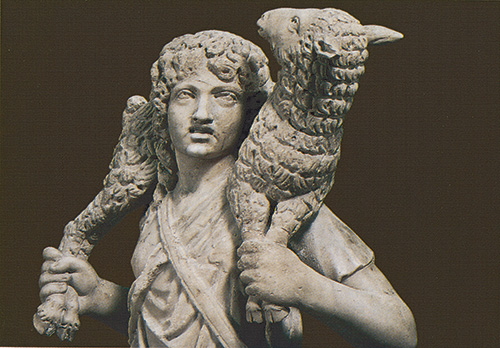
(Fig. 45) Marble sculpture from early Christian period, 'The good shepherd', late 3rd century, Pio Cristiano Museum / Rome.
Cf. John 10,11 and 14f: "I am the good shepherd. The good shepherd lays down his life for the sheep... I am the good shepherd; I know my sheep and my sheep know me— just as the Father knows me and I know the Father—and I lay down my life for the sheep."
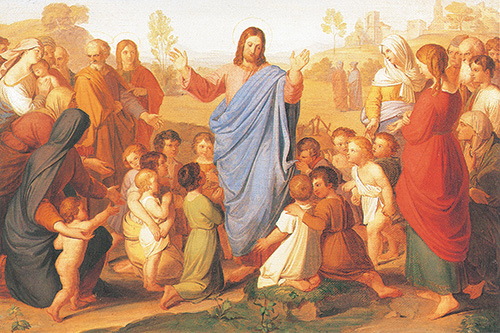
(Fig. 46) Johann Friedrich Overbeck (1789–1869), 'Christ blesses the children', oil, c. 1835.
Cf. Mark 10,13f: People were bringing little children to Jesus for him to place his hands on them, but the disciples rebuked them. When Jesus saw this, he was indignant. He said to them, "Let the little children come to me, and do not hinder them, for the kingdom of God belongs to such as these."
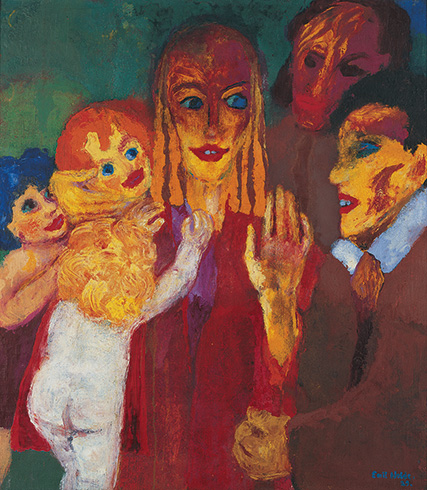
(Fig. 47) Emil Nolde (1867–1956), 'So you will not become like children', oil, 1929, Folkwang Museum, Essen.
Cf. Mark 10,15f: "Verily I am telling you: Who does not receive the kingdom of God like a little child will never enter it. And he hugged her and put his hands on them and blessed them."
Healing of the sick (Cf. fig. 48) Matthew 19,1f: When Jesus had finished saying these things, he left Galilee and went into the region of Judea to the other side of the Jordan. Large crowds followed him, and he healed them there.
Of marriage, divorce, celibacy (Cf. fig. 48) Matthew 19,3-12: Some Pharisees came to him to test him. They asked, "Is it lawful for a man to divorce his wife for any and every reason?" "Haven’t you read," he replied, "that at the beginning the Creator ‘made them male and female,’ and said, ‘For this reason a man will leave his father and mother and be united to his wife, and the two will become one flesh’? So they are no longer two, but one flesh. Therefore what God has joined together, let no one separate." "Why then," they asked, "did Moses command that a man give his wife a certificate of divorce and send her away?" Jesus replied, "Moses permitted you to divorce your wives because your hearts were hard. But it was not this way from the beginning. I tell you that anyone who divorces his wife, except for sexual immorality, and marries another woman commits adultery." The disciples said to him, "If this is the situation between a husband and wife, it is better not to marry." Jesus replied, "Not everyone can accept this word, but only those to whom it has been given. For there are eunuchs who were born that way, and there are eunuchs who have been made eunuchs by others – and there are those who choose to live like eunuchs for the sake of the kingdom of heaven. The one who can accept this should accept it."
The Little Children and Jesus (Cf. fig. 48) Matthew 19,13-15: Then people brought little children to Jesus for him to place his hands on them and pray for them. But the disciples rebuked them. Jesus said, "Let the little children come to me, and do not hinder them, for the kingdom of heaven belongs to such as these." When he had placed his hands on them, he went on from there.
The Rich and the Kingdom of God (Cf. fig. 48) Matthew 19,16-26: Just then a man came up to Jesus and asked, "Teacher, what good thing must I do to get eternal life?” "Why do you ask me about what is good?" Jesus replied. "There is only One who is good. If you want to enter life, keep the commandments." "Which ones?" he inquired. Jesus replied, "‘You shall not murder, you shall not commit adultery, you shall not steal, you shall not give false testimony, honor your father and mother, and ‘love your neighbor as yourself.’" "All these I have kept," the young man said. "What do I still lack?" Jesus answered, "If you want to be perfect, go, sell your possessions and give to the poor, and you will have treasure in heaven. Then come, follow me." When the young man heard this, he went away sad, because he had great wealth. Then Jesus said to his disciples, "Truly I tell you, it is hard for someone who is rich to enter the kingdom of heaven. Again I tell you, it is easier for a camel to go through the eye of a needle than for someone who is rich to enter the kingdom of God." When the disciples heard this, they were greatly astonished and asked, "Who then can be saved?" Jesus looked at them and said, "With man this is impossible, but with God all things are possible."
From the wages of succession (Cf. fig. 48) Matthew 19,27-30: Peter answered him, "We have left everything to follow you! What then will there be for us?" Jesus said to them, "Truly I tell you, at the renewal of all things, when the Son of Man sits on his glorious throne, you who have followed me will also sit on twelve thrones, judging the twelve tribes of Israel. And everyone who has left houses or brothers or sisters or father or mother or wife or children or fields for my sake will receive a hundred times as much and will inherit eternal life. But many who are first will be last, and many who are last will be first."
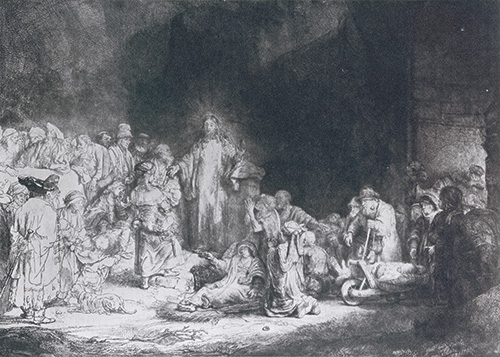
(Fig. 48) Rembrandt Harmensz. van Rijn (1606–1669), 'Christ healing the sick' (Hundred Guilder Print).
The print depicts themes from Matthew chapter 19: healing of the sick, question of divorce, the blessing of the children, the danger of riches (the rich young man). Etching and cold needle, c. 1640/49.
